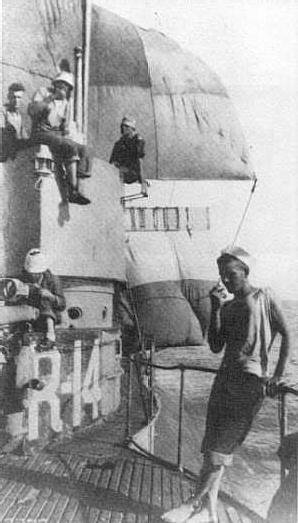This might be a walk on the wild side, skip to the next post if it isn't of interest.
I've got this small trawler and I come from a sailing background. In sailing, as long as the hull is still floating, there is usually a way to make it move: motor if the rig is gone, or jury rig something from the remains of the rig. Larger trawlers sometimes have twin engines, or a wing engine, or a PTO on a large genset that can be used for emergency propulsion.
The scenario I'm talking about is you are in a remote part of the PNW and a gremlin gets into the engine or a tree gets into the prop. As near I can tell, a small trawler will simply drift downwind until it hits something. There is the dinghy of course, and one could rig it to push slowly towards immediate safety. However it is gas powered, and I would usually have a very limited supply of gas - a few hours at most. A small light diesel outboard might solve the issue - you could motor for days - but such things don't exist.
Like most small trawlers, I have a 6KW diesel genset running off the main fuel tanks. It would run for weeks on the fuel onboard. Without significant redesign, a PTO isn't possible. But - there exist several vendors of electric outboards in the power range required. In principal, these could be powered nearly indefinitely by the genset. They are light, relatively small to stow, produce no drag when stowed. From vendors specs 5 KW or so will give you around 175 - 200 lbs of thrust. Hardly neckbreaking, but might move a 32-34' trawler at a few knots in calm-ish conditions. With time you could run hundreds of miles this way, if needed. 100 miles puts you much closer to civilization.
The only technical difficulty is these outboards run on 48 - 60 VDC, so either the motor would need to be changed out, or a suitable power supply constructed to convert 40 amps of 120VAC to 100 amps DC. The whole setup would cost a few thousand, far less than any other solution.
What's wrong with my thinking?
The easiest path would be to swap the DC motor for an 120V AC motor, and simply plug it into the wall plug (let's ignore the safety aspects for a moment, those are solvable). A variation would be to mount a 120V motor inside, allowing belt drive to the main shaft - but this requires the main shaft and prop to be functioning (as well as transmission and other issues). I kind of like the idea of the outboard as it is completely independent.
I've got this small trawler and I come from a sailing background. In sailing, as long as the hull is still floating, there is usually a way to make it move: motor if the rig is gone, or jury rig something from the remains of the rig. Larger trawlers sometimes have twin engines, or a wing engine, or a PTO on a large genset that can be used for emergency propulsion.
The scenario I'm talking about is you are in a remote part of the PNW and a gremlin gets into the engine or a tree gets into the prop. As near I can tell, a small trawler will simply drift downwind until it hits something. There is the dinghy of course, and one could rig it to push slowly towards immediate safety. However it is gas powered, and I would usually have a very limited supply of gas - a few hours at most. A small light diesel outboard might solve the issue - you could motor for days - but such things don't exist.
Like most small trawlers, I have a 6KW diesel genset running off the main fuel tanks. It would run for weeks on the fuel onboard. Without significant redesign, a PTO isn't possible. But - there exist several vendors of electric outboards in the power range required. In principal, these could be powered nearly indefinitely by the genset. They are light, relatively small to stow, produce no drag when stowed. From vendors specs 5 KW or so will give you around 175 - 200 lbs of thrust. Hardly neckbreaking, but might move a 32-34' trawler at a few knots in calm-ish conditions. With time you could run hundreds of miles this way, if needed. 100 miles puts you much closer to civilization.
The only technical difficulty is these outboards run on 48 - 60 VDC, so either the motor would need to be changed out, or a suitable power supply constructed to convert 40 amps of 120VAC to 100 amps DC. The whole setup would cost a few thousand, far less than any other solution.
What's wrong with my thinking?
The easiest path would be to swap the DC motor for an 120V AC motor, and simply plug it into the wall plug (let's ignore the safety aspects for a moment, those are solvable). A variation would be to mount a 120V motor inside, allowing belt drive to the main shaft - but this requires the main shaft and prop to be functioning (as well as transmission and other issues). I kind of like the idea of the outboard as it is completely independent.


